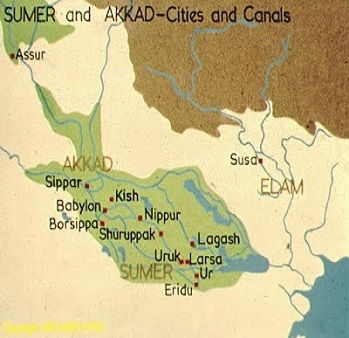
Translation of Akkadian Tablets
Akkad, ancient district in what is now known as Iraq. Akkad was located between northern and northwest section of ancient Babylonian civilization. The area was located roughly where the Tigris and Euphrates rivers are neighboring each other, and its parameters from the north extended outside the line of the cities known today as Al-Fallūjah and Baghdad. The early populations of this area were mainly Semitic, and their language was called Akkadian. Approximately around 3000 to 2400 B.C. Sumer (located at southern Mesopotamia) was known as the Early Dynasty. At this time, Sumer was divided politically among rivals, each governed by a dynasty of leaders. The following period 2400–2150 B.C. was known as the city of Agade or Akkad, whose Semitic rulers unified the region by conquering the Sumerian cities under their control. Sargon of Akkad was known as the first king of the dynasty who ruled the ancient Mesopotamia from 2334 – 2279 B.C., he was one of the greatest empire builders, dominating all of southern Mesopotamia and parts of Syria, Anatolia, and Elam (western Iran). The name Sharru-ken is known as Sargon in modern readings which translate to “the king is honorable”. His military conquest extended from the Mediterranean Sea to the Persian Gulf. The Akkadian cuneiform writing was modified from Sumerian in about 2,300 BC. Meanwhile, Sumerian words were derived into Akkadian, and Sumerian symbols were given both Sumerian and Akkadian its originality. Akkadian became the main known language of the ancient Near East, Around 800 BC, the language began to be replaced by Aramaic.The Akkadian continued to be practiced by priests, scholars and others as needed. Last examples of the Akkadian writings were found dating the first century AD.
Some Akkadian Translations ... |
|


